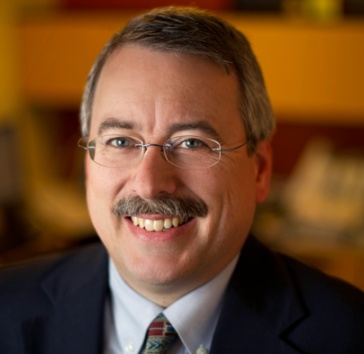Improving Care after Coverage: A 21st Century Approach to Delivering Health Care

Imagine needing to address a simple health issue, but your doctor can’t see you or speak with you for several weeks. Picture a family member suffering from severe depression who’s finally able to visit his primary care physician, but then has to wait 24 hours or more to meet with a clinical social worker or mental health specialist. Add to this the frustration of watching your friends quickly and easily schedule medical appointments over the phone or online, even exchange emails with their healthcare providers, while you are forced to wait and make time to see your doctor in person.
These situations occur all too often--especially for low-income patients who receive their care from community health centers and public healthcare systems. For these patients, millions of whom are enrolled in Medi-Cal, an overly-restrictive payment methodology currently limits their ability to obtain healthcare services in a convenient and timely way. Known as the Prospective Payment System (PPS), this methodology allows healthcare systems and organizations designated as Federally Qualified Health Centers (FQHCs) to be paid only when they provide a face-to-face visit between a licensed clinician and an individual patient. This means that our FQHCs are financially incentivized to schedule a greater volume of in-person appointments, even when they’re only to address a simple medical question or issue that could be resolved without an additional time burden on both doctors and patients.
For many years, PPS has helped FQHCs fulfill their vital role in the safety net as providers for low-income, uninsured patients. However, within a changing healthcare landscape, patient preferences are also changing. More patients want the ability to email or text their provider with questions. They also want greater access to behavioral health services, and the option to hold group visits to discuss common problems and shared experiences. The PPS method, with its emphasis on traditional one-on-one medical visits, discourages California’s FQHCs from delivering care in the way that patients currently need and want.
Thanks to new legislation, this may soon change. Senate Bill 147, signed into law last year by Governor Brown, enables California to launch a new pilot program that revolutionizes how FQHCs are reimbursed for the services they provide to low-income patients. The pilot program makes it possible for FQHCs to rethink how they deliver primary care and expand their services in a way that makes the most sense for their patients. Community health centers selected to participate in the three-year pilot will have the opportunity to deliver more comprehensive and appropriate care from a wider range of health specialties like clinical pharmacists, substance abuse counselors, and dietitians. They will also have the flexibility to use more efficient technologies, such as email and telephone consultations, to communicate with patients and assess their needs without face-to-face visits.
This new payment methodology empowers our healthcare safety net to shift away from prioritizing the volume of patients served, and focus instead on meeting individual patient needs while still managing costs. Through more flexible reimbursement structures, community health centers will be able to reduce the number of in-person appointments, expand the use of innovative practices, and be more responsive to the wellbeing and preferences of all of their patients. By using public dollars more wisely, this opportunity enables FQHCs to deliver the timely, high-quality care that low-income Californians deserve.
For decades, community clinics and public health centers have done an incredible job of serving many of the most vulnerable Californians. They now have the opportunity to shape their own future by taking an active role in this landmark pilot and ensuring that it achieves its promise. Already, more than 25 FQHCs across the state are prepared to participate, and there’s room for more. Through this pilot, we can initiate a payment system that is a win-win for patients and providers alike; and most importantly, continue to transform our healthcare system in ways that help all Californians lead better, healthier lives—now and for generations to come.
Get our newsletter
Sign up for occasional event announcements and our newsletter, Intersections, to learn more about the work we’re supporting to make California the healthiest state and end domestic violence.
